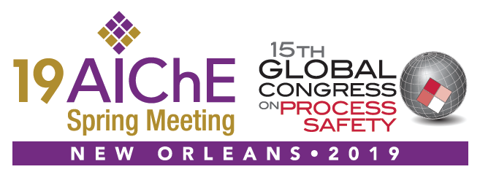

In this work, a one-dimensional numerical model was developed. The model presents a great potential as a fast and accurate tool that enables the simulation of supersonic separators with significant details. The model is comprised of rigorous thermodynamic and phase equilibrium calculations as well as multi-phase sound speed calculations. Although the Peng-Robinson equation of state was used, the approach is general and compatible with other equations of state. The model fills certain gaps found in literature with a shortcut modeling technique. It would best fit the category of preliminary design tools with significantly lower computational loads. Significance associated with the shortcut model pertains to its ability to simulate supersonic separators at a fraction of the time taken by other existing numerical models. Although the results will not detail the profiles of the thermodynamic conditions along the nozzle, six fundamental points are accurately predicted. Those points represent the inlet, nozzle throat, side stream location, upstream of the shockwave, downstream of the shockwave and the nozzle exit. These fundamental points serve as the necessary pivotal information in the conceptual design of supersonic separators.
Validation tests included different working fluids, feed conditions, nozzle geometries, specifications for side streams and liquid phase recovery specifications. Reduction in simulation run time and computational load represented by number of locations tested in the diverging section was demonstrated. A decrease of 75%-97%, depending on the specific case, in either the simulation time, number of locations tested or both has been achieved.
Preview Presentation
Presenter(s)
Language
Pricing
Individuals
| AIChE Member Credits | 0.5 |
| AIChE Pro Members | $19.00 |
| Employees of CCPS Member Companies | Free |
| AIChE Graduate Student Members | Free |
| AIChE Undergraduate Student Members | Free |
| AIChE Explorer Members | $29.00 |
| Non-Members | $29.00 |
